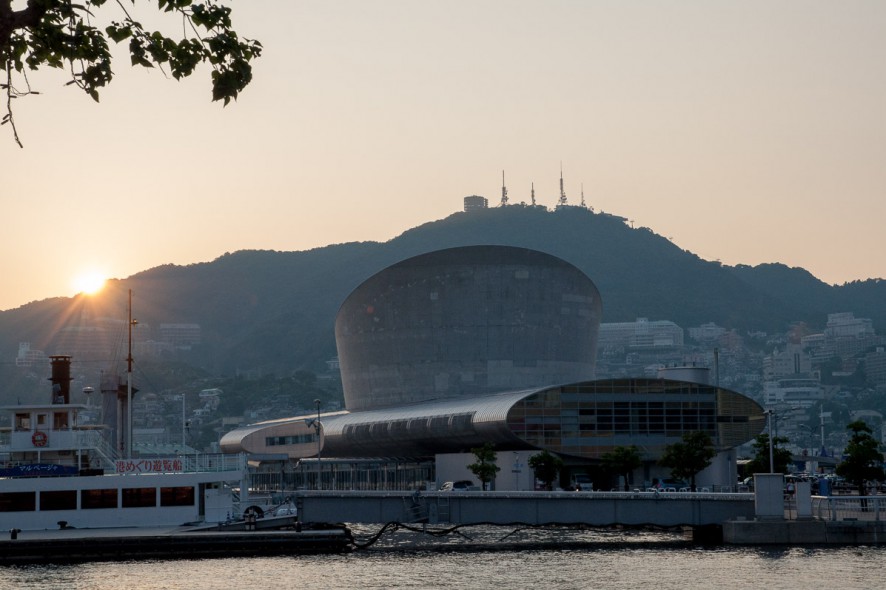Nagasaki Port Terminal Building
A small fishing village secluded by harbours, Nagasaki had little historical significance until contact with Portuguese explorers in 1543. Over the years, also by facilitating trade with China, the little harbour village quickly grew into a diverse port city, and Portuguese products imported through Nagasaki (such as tobacco, bread, textiles and a Portuguese sponge-cake called castellas) were assimilated into popular Japanese culture.
During the Edo period (1603-1867) and the shogunate’s isolationist policy, the port of Nagasaki was the only port in Japan open to western countries and China, albeit under severe restrictions. However, since catholicism was officially banned during this time, trade with Portugal declined and was taken over by Dutch and English traders, who were less attached to missionary activities.






Further information:







